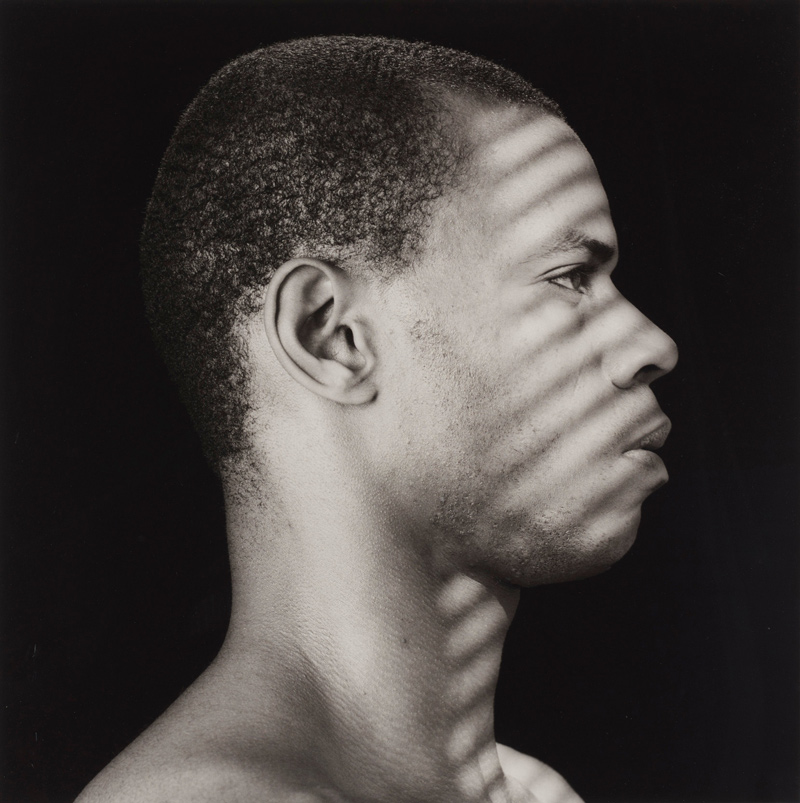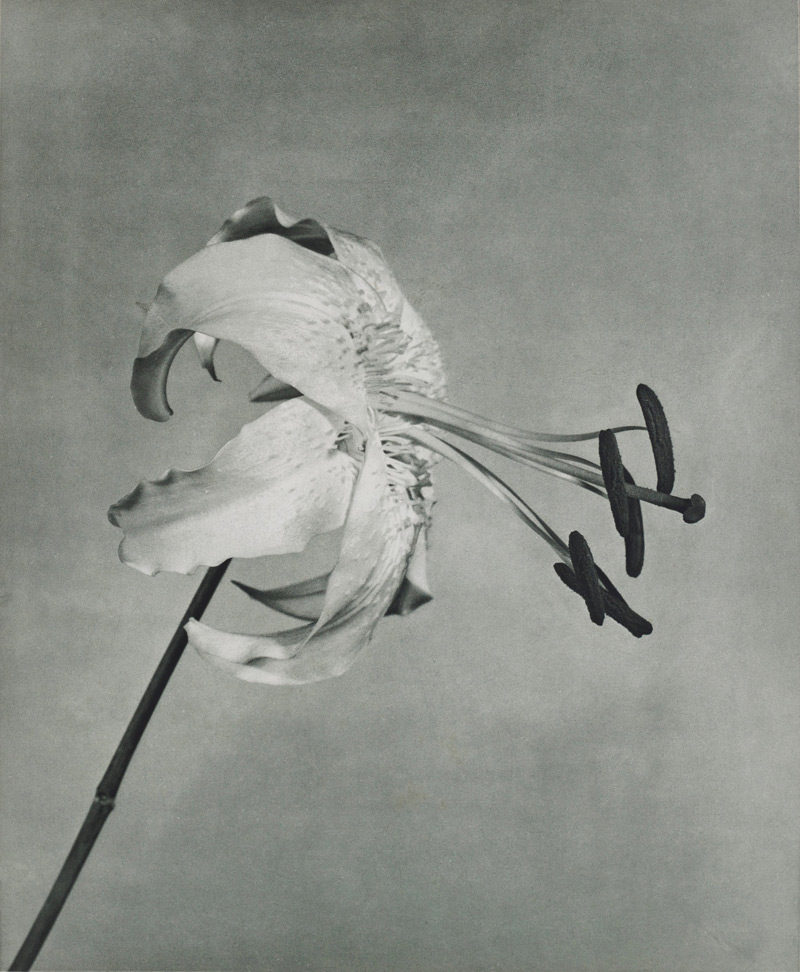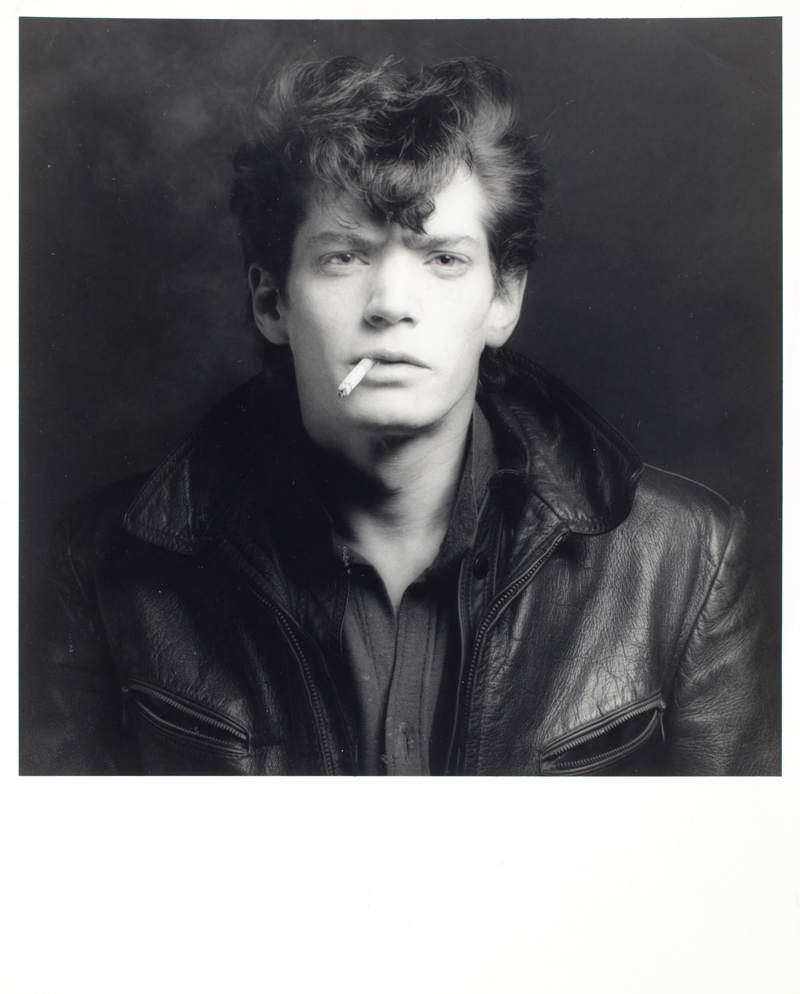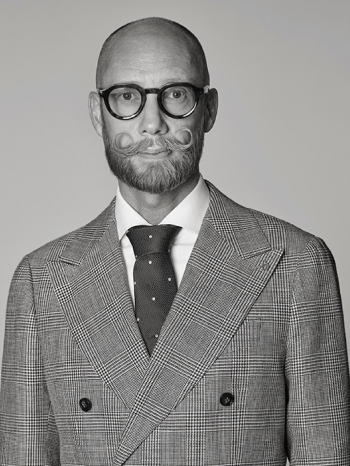Contemporary Art & Design presents Robert Mapplethorpe
› Signed Robert Mapplethorpe and dated -86 and numbered 2/10. Estimate 100 000 – 125 000 SEK.
Robert Mapplethorpe
– perfection through photography
Robert Mapplethorpe is seen as one of the most technically skilled photographers of all time. He is talked about as much for his skills in the darkroom and his ability to arrange and light his pictures as he is for his sexual experimentation and provocative subjects.
Mapplethorpe’s photographic production includes subjects as contradictory as flower arrangements, classic nudes, self-portraits and BDSM. Mapplethorpe’s pictures encapsulate developments in the photography scene during the 1970s and 80s, where photography as a genre changed from being documentary to conceptual and started to be viewed as an art form in its own right. They also reflect the vibrant gay scene in New York and the threat of AIDS. His many pictures of black, male models were innovative at the time. Here we see one of his recurring models, Thomas Williams, in a beautiful photograph in profile from 1986. When Mapplethorpe and Williams first met, Williams was a bodybuilder and aspiring actor. Later, once Mapplethorpe’s photographs of him had become famous, he instead started a career in gay pornography under the name Joe Simmons.

› From the ”Flowers” portfolio. Signed Robert Mapplethorpe and numbered 38/40. Estimate 70 000 – 90 000 SEK.
”
I see things like they’ve never been seen before. Art is an accurate statement of the time in which it is made.
Robert Mapplethorpe

› Robert Mapplethorpe, press photography, ”Self Portrait, 1980”. Sold at Bukowskis Online only auctions in 2011.
Mapplethorpe drew great inspiration from art history and was interested in classical sculpture as well as surrealist artists like Man Ray. Traces of this are found in his many pictures of sculptures from antiquity and male nudes directly linked to the perfect physical ideal in the ancient world. In many of his portraits and still lives, he plays with shadows and light inspired by the photography of Man Ray and Lee Miller. He approached each subject with the same precision, “perfection” was Mapplethorpe’s watchword throughout his photographic career. In an interview in 1988, he said: “My whole point is to transcend the subject . . . go beyond the subject somehow, so that the composition, the lighting, all around, reaches a certain point of perfection.”
To be sold at Contemporary Art & Design April 26
Viewing April 21 – 25, Berzelii Park 1, Stockholm
Open Weekdays 11 am – 6 pm, helger 11 am – 5 pm
Auction Live April 26, Arsenalsgatan 2, Stockholm
To the work

Condition reports & requests Contact specialist

Stockholm
Björn Extergren
Head of Consignment and Sales Department, Fine Art. Specialist Antique Furniture, Decorative Arts and Asian Ceramics
+46 (0)706 40 28 61

Stockholm
Louise Wrede
Specialist Contemporary Art, Private Sales
+46 (0)739 40 08 19

Stockholm
Karin Aringer
Specialist Photographs and Contemporary Art
+46 (0)702 63 70 57

























